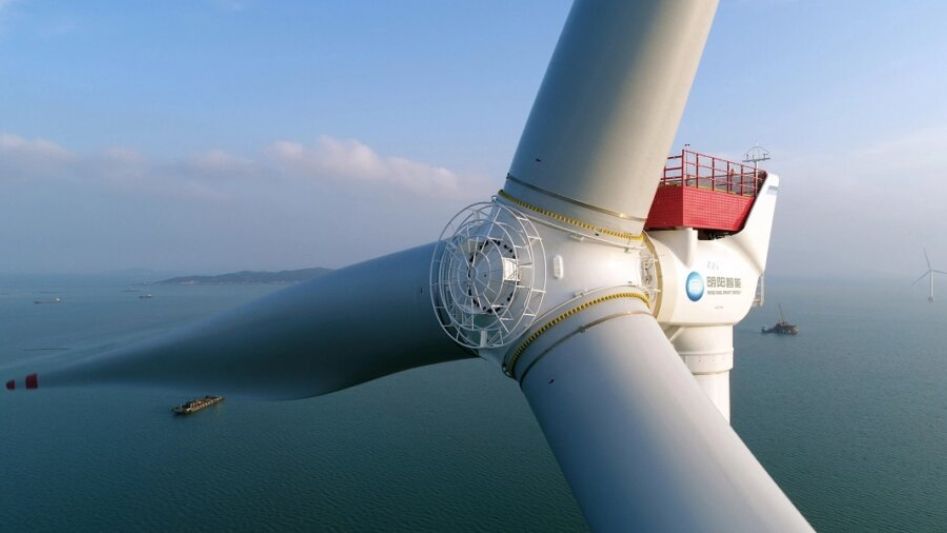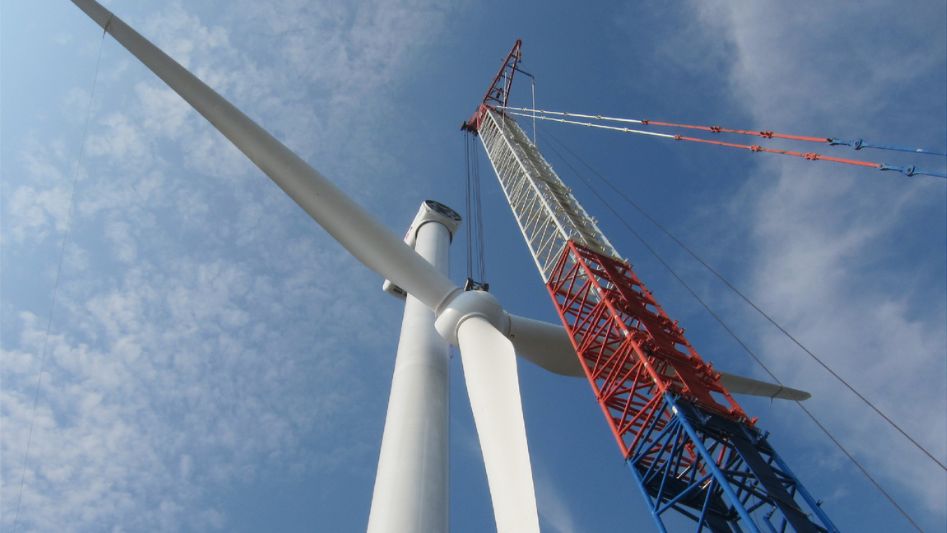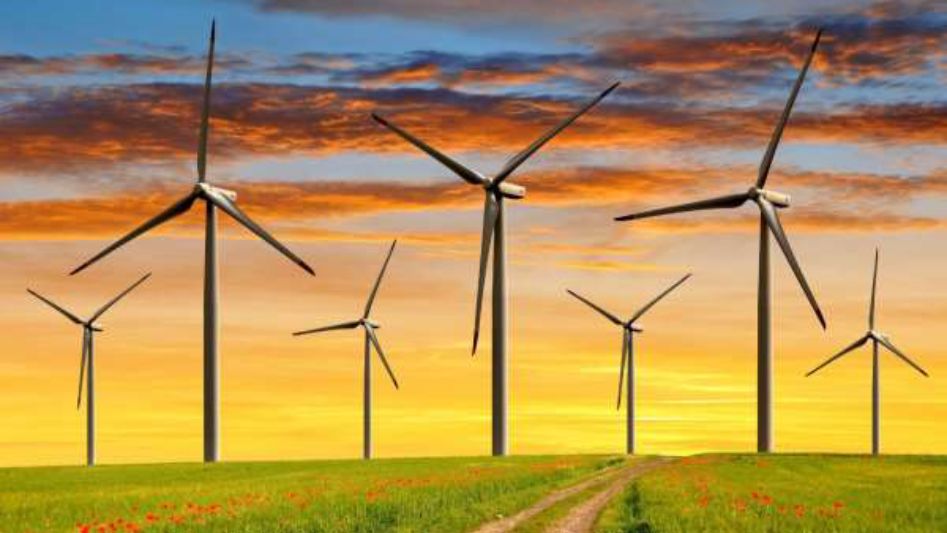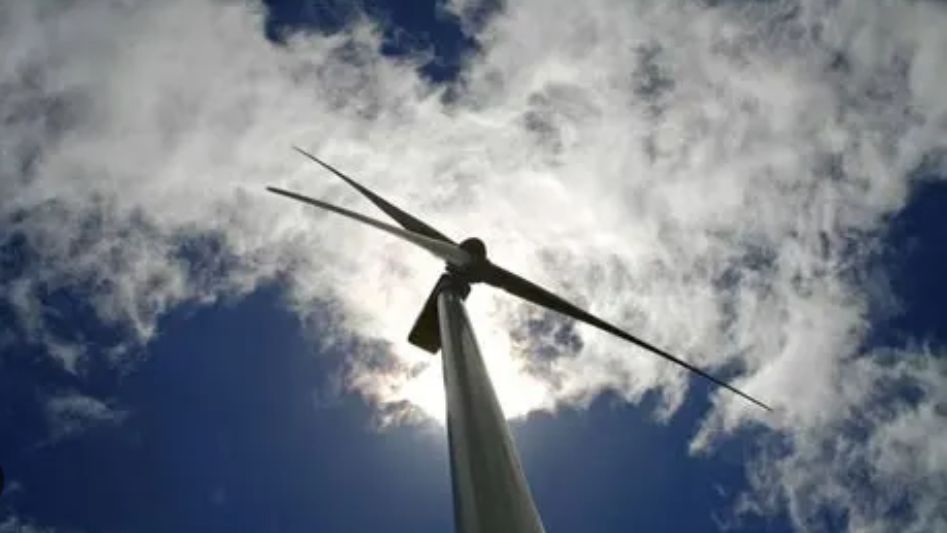This article provides an introduction to wind energy and wind turbines, discussing their basics, advantages and disadvantages, challenges, and the future of wind energy.
Table Of Content
We invite you to read: “Improving Wind Turbine Efficiency through Aerospace Technology”
Wind Energy Basics
Wind energy is a renewable energy source that converts wind power into electricity using wind turbines. The turbines consist of blades, a rotor, a generator, a gearbox, and a tower. There are two types of wind turbines: horizontal-axis and vertical-axis. Wind energy is a clean and sustainable energy source that produces no greenhouse gas emissions or air pollution.
Advantages and Disadvantages of Wind Energy
Advantages:
- Clean and renewable energy source that produces no greenhouse gas emissions or air pollution
- Cost-effective and efficient, with low operating costs and no fuel costs
- Easily scalable, from small-scale residential turbines to large-scale wind farms
- Provides energy security and independence, reducing dependence on foreign oil
- Creates jobs and stimulates local economies, particularly in rural areas
Disadvantages:
- Intermittent and variable energy source, dependent on wind availability
- Land use and environmental impacts, such as noise and impact on wildlife and ecosystems
- Initial high capital costs for installation and infrastructure
- Limited suitability for some locations due to insufficient wind speeds or unsuitable terrain
- Potential for visual impact and community opposition.
We invite you to read: “Renewable Energy 2.0: A Comparison of Hydro and Wind Power Technologies”
Wind Energy Challenges
Wind energy faces several challenges that can limit its potential for widespread adoption. Some of the main challenges include:
Intermittency: Wind energy is an intermittent energy source, meaning it is dependent on the availability of wind. This can cause fluctuations in power output and requires the use of energy storage systems to ensure a stable energy supply.
Grid Integration: Integrating wind energy into the electricity grid can be challenging due to its intermittent nature and fluctuations in power output. Grid operators must balance supply and demand in real-time, which can be challenging with intermittent sources like wind.
environmental Impacts: Wind turbines can have environmental impacts, such as noise pollution, visual impact, and the potential for harm to wildlife and ecosystems. These impacts can lead to opposition from local communities and limit the potential for wind energy development in some areas.
Investment Costs: The initial capital costs of wind energy installations can be high, which can limit the deployment of wind energy in some regions.
Technological Limitations: Current wind turbine technology has limitations, including limited wind capture efficiency and durability issues. Continued research and development are needed to address these challenges and improve the performance of wind turbines.
Future of Wind Energy
The future of wind energy is bright, with continued growth and development expected in the coming years. Some of the trends and developments that are likely to shape the future of wind energy include:
Advancements in Technology: Continued research and development are expected to lead to technological advancements in wind turbines, such as increased efficiency, reduced costs, and improved durability.
Offshore Wind Development: Offshore wind is a rapidly growing sector, with large-scale projects under development in many regions around the world. Offshore wind has the potential to generate large amounts of energy and can help to address some of the land use and environmental challenges associated with onshore wind.
Energy Storage: Advances in energy storage technologies, such as batteries and pumped hydro, are expected to play a key role in the future of wind energy by addressing the intermittent nature of wind power and providing a stable supply of electricity.
Digitalization: The integration of digital technologies, such as big data analytics and artificial intelligence, is expected to improve the efficiency and performance of wind turbines and help to optimize wind farm operations.
Policy Support: Governments around the world are implementing policies and incentives to support the development of wind energy, such as tax credits and renewable energy targets. This policy support is expected to drive continued growth and development in the wind energy sector.
We invite you to read: “Wind Power and Forest Restoration: A Match Made for Sustainable Energy”
Conclusion
Wind energy is a clean and renewable energy source with the potential to provide a significant portion of the world’s electricity needs. While wind energy faces several challenges, such as intermittency and grid integration, continued research and development are expected to address these challenges and improve the efficiency and performance of wind turbines. The future of wind energy is likely to be shaped by technological advancements, offshore wind development, energy storage, digitalization, and policy support.
FAQ
What is wind energy?
Wind energy is a type of renewable energy that is generated by harnessing the power of wind to produce electricity.
How does wind energy work?
Wind energy is produced by using wind turbines, which convert the kinetic energy of the wind into mechanical power that can be used to generate electricity.
What are the benefits of wind energy?
Wind energy is a clean and sustainable source of electricity that does not produce harmful emissions. It is also cost-effective, provides energy independence, and creates jobs in the renewable energy sector.
What are the challenges of wind energy?
Wind energy faces challenges such as intermittency, noise pollution, land use conflicts, and the need for significant investment in infrastructure.
You May Also Like
- Blowing in the Right Direction: The Rise of Wind Energy for IOT Applications
- How Wind Energy Can Contribute to a Zero-Carbon Future
- Revolutionizing Wind Energy Design: The Power of Computational Fluid Dynamics (CFD)
- Wind Power at its Best: The Future of Energy Generation with Kite Turbines
- The Power of Aerodynamics: Lessons from Wind Turbines and Formula 1 Cars




